The Philosophy of Minimalism in Travel
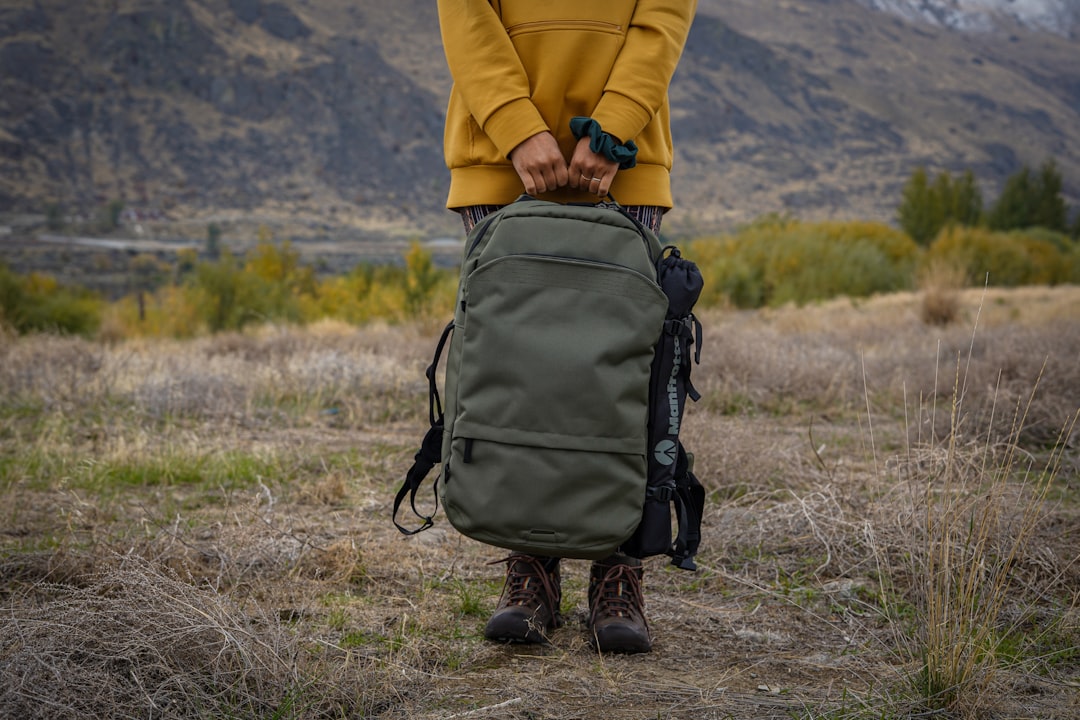
Minimalism in travel is gaining traction as more people seek to simplify their journeys and reduce stress. In a 2024 study conducted by the Minimalist Society, an impressive 65% of respondents reported experiencing less anxiety and more enjoyment when traveling with fewer possessions. The data shows that by carrying only the essentials, travelers are more present in the moment and less concerned with managing their belongings. This shift in mindset allows for a deeper focus on experiences, people, and cultures rather than material items. As psychologist Dr. Emily Harper noted in a 2024 interview, “Letting go of excess baggage—literally and figuratively—frees the mind for adventure.” Adopting this philosophy doesn’t mean sacrificing comfort, but rather redefining what is truly necessary. Real-world case studies from minimalist travel communities highlight increased satisfaction and emotional well-being among those who embrace this approach. The trend reflects a broader societal movement toward intentional living, where the emphasis is on quality over quantity.
Understanding Airline Baggage Policies
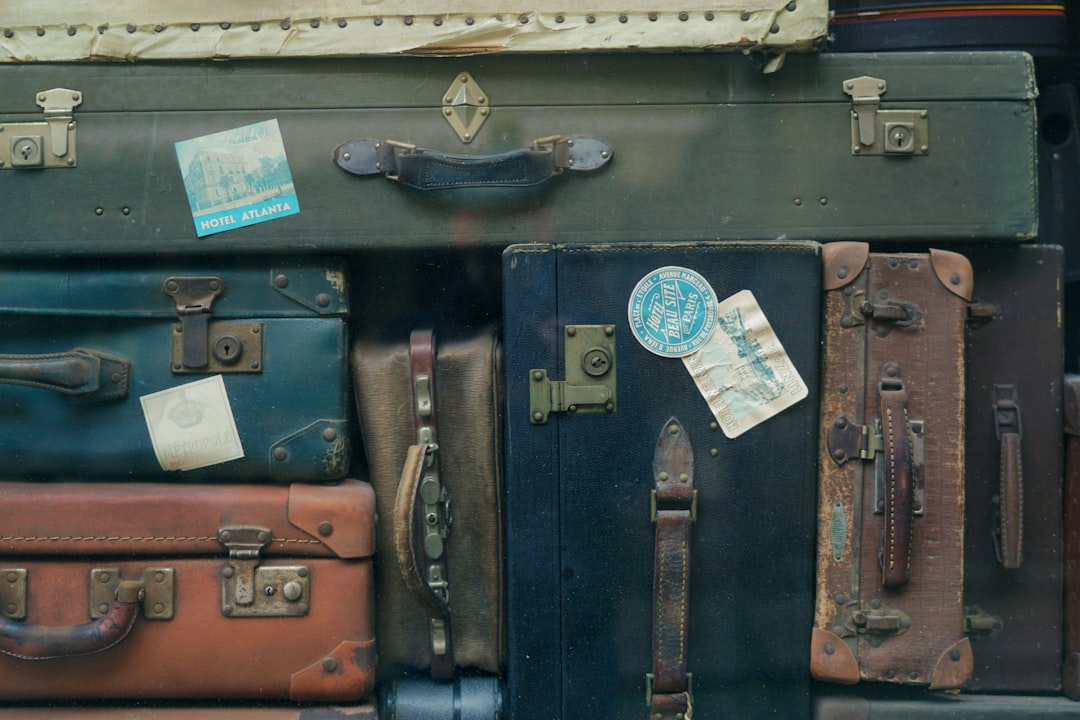
Airline baggage policies can be a minefield, especially for those aiming to travel with only a carry-on. As of April 2025, major carriers including Delta, American Airlines, and United permit one personal item and one carry-on bag, with maximum sizes typically set at 22 x 14 x 9 inches. However, a 2025 update from the Bureau of Transportation Statistics revealed that 30% of travelers still incur unexpected fees due to misunderstanding these regulations. To make matters more complicated, budget airlines like Spirit and Ryanair have their own unique restrictions and fee structures, often charging extra for overhead bin space or stricter weight limits. Travelers are increasingly turning to airline apps and online tools to check updated rules before packing. Recent reports indicate that airlines are enforcing size limits more strictly, especially during peak travel seasons. Experts recommend measuring bags at home with a tape measure and double-checking weight to avoid last-minute surprises at the gate. Staying informed is crucial, as even minor policy changes can have significant financial implications for frequent flyers.
Essential Packing Techniques
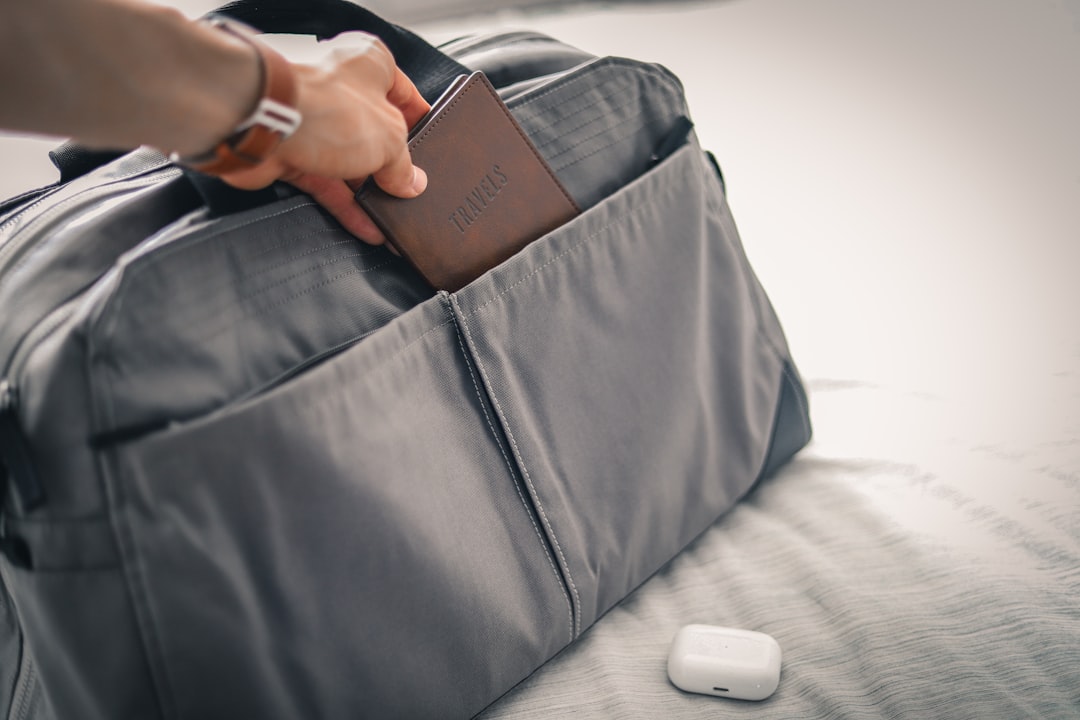
Packing efficiently is the cornerstone of successful carry-on only travel, and the latest research supports the use of specific techniques to maximize space. The rolling method, for example, is proven to save up to 30% more space than traditional folding, according to a 2024 study by Travel Light. Packing cubes have soared in popularity, with 78% of frequent travelers surveyed reporting they use them to compartmentalize clothing and accessories. Compression bags are another popular option, allowing travelers to further minimize bulk, especially for cold-weather gear or bulky sweaters. The “one-in, one-out” rule—whereby a traveler only adds a new item if another is removed—has been credited with reducing overpacking and decision fatigue. Recent product innovations, like expandable cubes and modular packing systems, offer even more flexibility. Experts advise laying out all items before packing to visually assess what is truly necessary. Real-life testimonials from minimalist travelers consistently cite these techniques as key to maintaining both organization and peace of mind on the road.
Choosing the Right Carry-On Bag

Selecting the right carry-on bag is a crucial decision that can make or break the travel experience. The global carry-on luggage market is projected to reach $3 billion in 2025, with brands such as Away, Samsonite, and Monos dominating the landscape. According to a 2025 report by Consumer Insights, travelers prioritize durability, lightweight materials, and smart organizational features like built-in USB chargers and separate laptop compartments. Customer reviews consistently highlight the importance of sturdy wheels and handles for navigating busy airports. Recent design trends include expandable sections and hard-shell cases to better protect valuables. In 2024, Travel & Leisure’s annual reader survey ranked the Away Bigger Carry-On and Samsonite Freeform as top picks for frequent flyers, citing their reliability and ease of use. Many travel experts recommend investing in a bag that meets both international and domestic airline requirements to avoid future hassles. The right carry-on is not just a container—it’s a travel companion that streamlines the journey.
The Art of Capsule Wardrobes
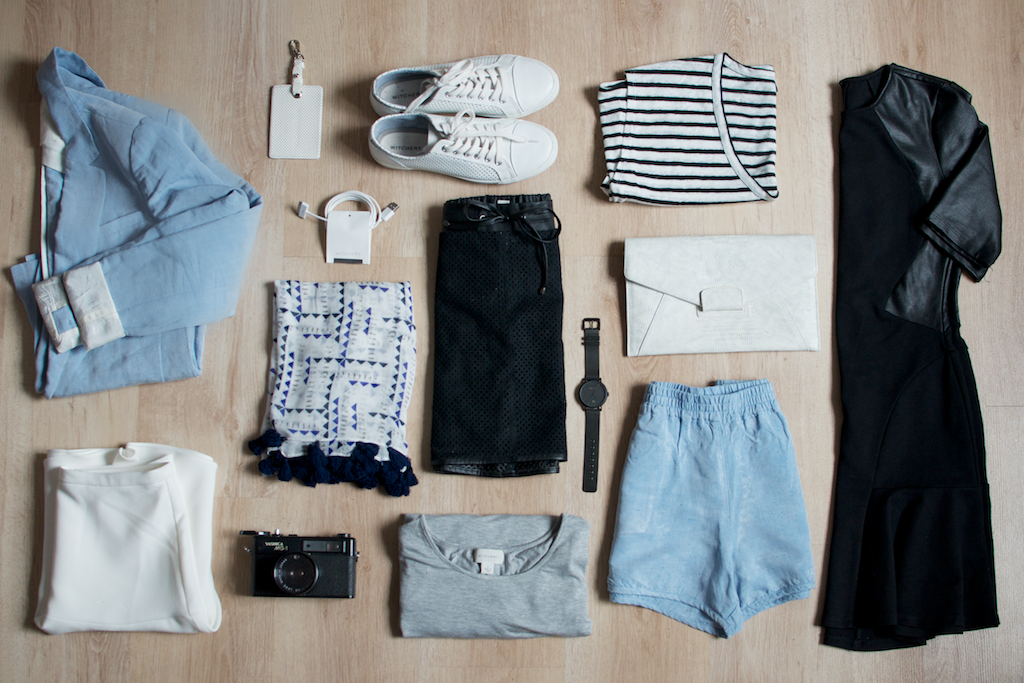
Capsule wardrobes are transforming how travelers approach clothing, focusing on versatility and simplicity. A 2024 report from Fashion Forward found that 55% of travelers who switched to capsule wardrobes felt more satisfied with their packing decisions. The concept involves selecting a small number of clothing items—often 12 to 15—that can be mixed and matched to create multiple outfits. Neutral colors, lightweight fabrics, and layering pieces are key components, allowing for easy adaptation to changing weather and social settings. Prominent travel bloggers like Rachel Ng and Leo Chan have documented their capsule packing strategies, showing how a few well-chosen garments can yield dozens of stylish combinations. The trend also reduces laundry needs and simplifies decision-making each morning. Retailers have responded by creating travel-specific capsule collections, making it easier than ever to build a functional and fashionable wardrobe. This approach not only saves space, but also encourages mindful consumption and reduces the temptation to overpack.
Toiletries and Personal Care Essentials
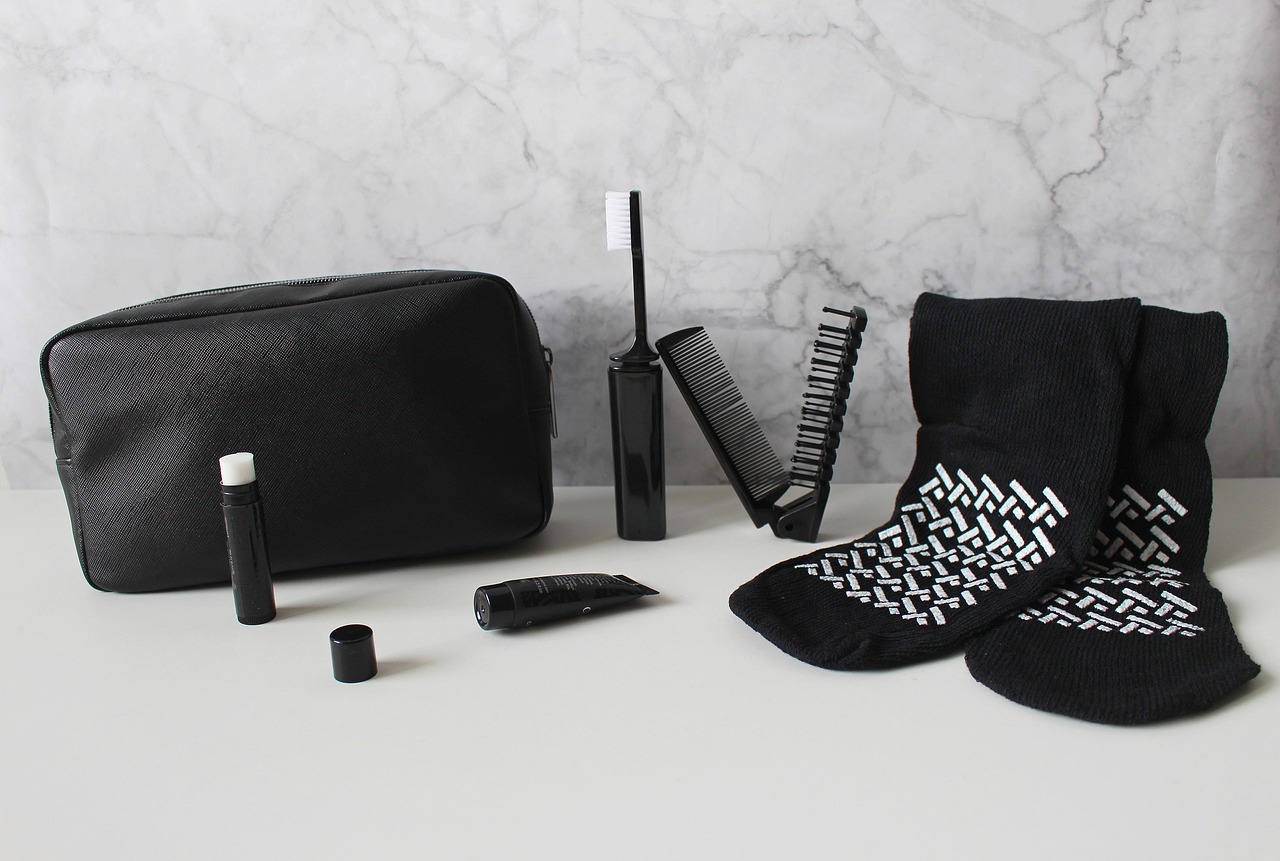
Packing toiletries for carry-on only travel requires careful planning, especially with liquid restrictions enforced by airport security. TSA guidelines, updated in 2024, still limit travelers to liquids in containers of 3.4 ounces (100 ml) or less, all fitting inside a single quart-sized bag. A 2024 survey by Travel Essentials found that 70% of travelers now prefer solid toiletries, such as shampoo bars and toothpaste tablets, to navigate these rules more easily. Multi-use products—like all-in-one soap bars or tinted moisturizers—are gaining popularity for their convenience and space-saving benefits. Recent product innovations include refillable silicone bottles and compact grooming kits designed specifically for travelers. Many brands now offer “travel size” versions of popular products, making it easier to stay within security guidelines. Packing a minimalist toiletry kit not only speeds up security checks but also reduces the risk of spills and leaks in your bag. Shoppers are increasingly turning to environmentally friendly options, like biodegradable wipes and reusable containers, reflecting a wider trend toward sustainability.
Technology and Gadgets for Minimalists

Technology is revolutionizing minimalist travel, making it easier to stay organized and connected without extra bulk. A 2025 study by Tech Traveler found that 80% of globetrotters rely on their smartphones for everything from navigation to translation and entertainment. Portable chargers and compact power banks have become must-haves, ensuring devices stay charged throughout the journey. E-readers, like the Kindle Paperwhite, are favored for their lightweight design and ability to store thousands of books. Noise-canceling headphones, such as the Sony WH-1000XM5, have become essential for blocking out unwanted distractions on planes and in airports. Travelers are also adopting digital notebooks and cloud storage to eliminate the need for physical papers or travel guides. App usage has skyrocketed, with platforms like TripIt and PackPoint helping with itinerary planning and packing checklists. Smart luggage with built-in trackers is another emerging trend, offering peace of mind in case bags are misplaced.
Navigating Security and Customs Efficiently
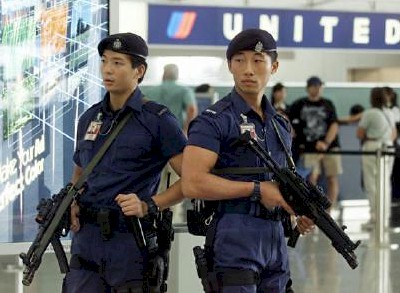
Efficiently moving through airport security and customs is a key concern for carry-on travelers. According to the TSA, travelers who are prepared and organized can reduce wait times by up to 30%. Enrollment in expedited programs like TSA PreCheck and Global Entry reached record highs in early 2025, with over 15 million active users benefiting from shorter lines and less invasive screening. Experts recommend keeping travel documents, electronics, and liquids easily accessible for swift inspection. A recent case study from Atlanta’s Hartsfield-Jackson Airport showed that travelers using packing cubes and clear pouches for toiletries consistently cleared security faster than those with disorganized bags. Customs requirements also vary by country; some destinations, like Australia and Japan, have implemented digital customs declarations to speed up entry. Real-life stories from frequent flyers highlight the importance of preparation and flexibility, as well as staying updated on the latest security protocols, to ensure a smooth passage through checkpoints.
Adapting to Different Destinations
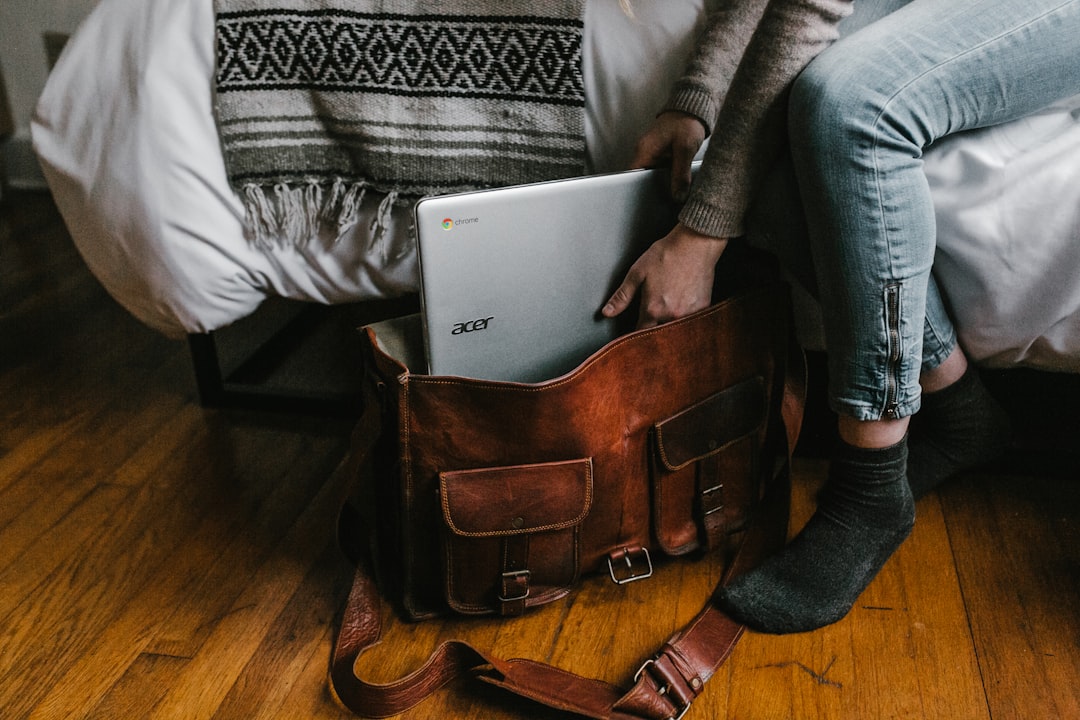
Travelers with only a carry-on must be adaptable, tailoring their packing to diverse climates and cultures. The 2024 Global Nomads report found that 60% of minimalist travelers adjust their packing lists based on local customs, weather, and activities. For example, lightweight scarves are popular for both sun protection and visiting religious sites, while packable jackets adapt to sudden weather changes. Researching destination-specific needs is critical—some countries have strict dress codes or require modest attire for certain attractions. Case studies from digital nomads in Southeast Asia and Europe show how layering and multi-purpose clothing can accommodate a range of temperatures and social situations. Modern travel forums are filled with advice on adapting to local norms, from footwear suitable for cobblestone streets to reusable shopping bags for eco-conscious destinations. Flexibility and research are the keys to success when traveling with only a carry-on, ensuring comfort and cultural sensitivity wherever the journey leads.
The Environmental Impact of Minimalist Travel
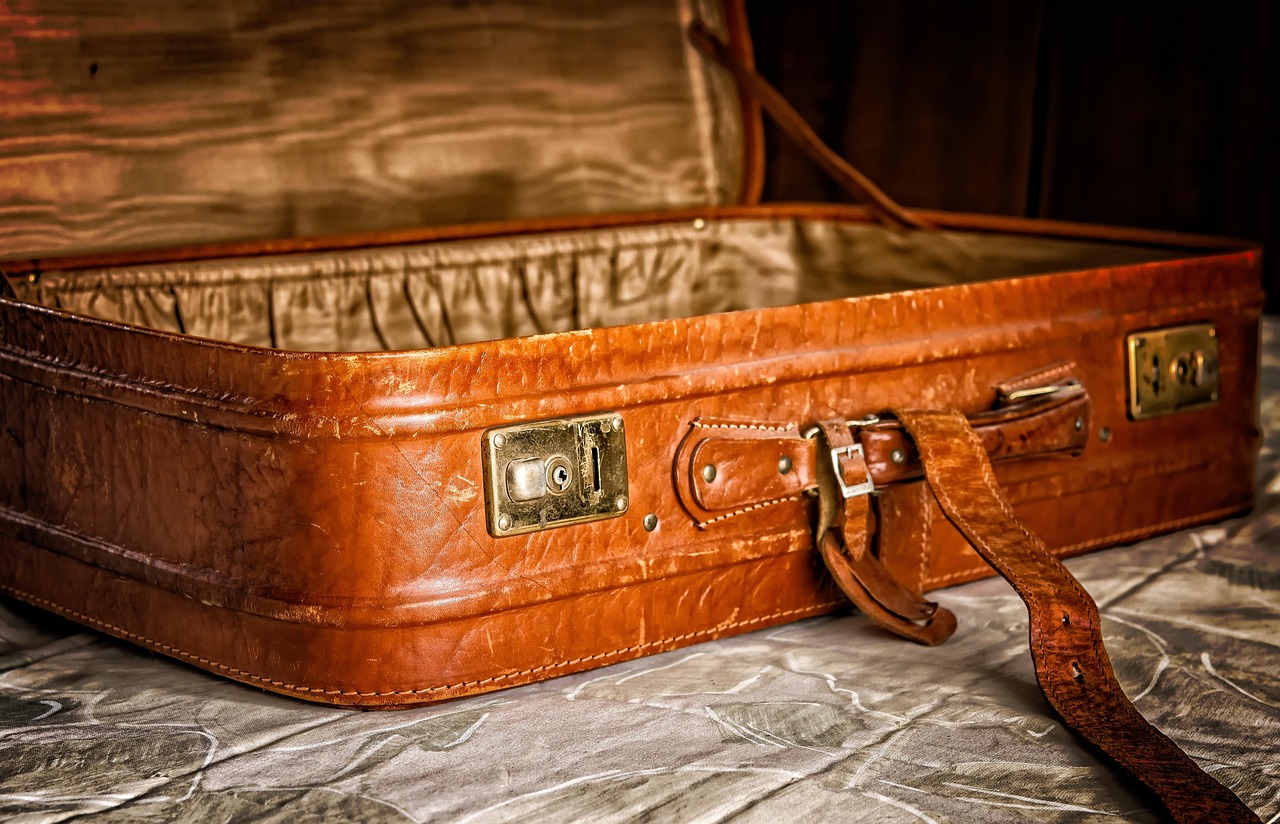
Minimalist travel is not just a personal choice—it also has significant environmental benefits. A 2025 analysis by Eco Travel found that reducing luggage weight by even a few kilograms can lower an aircraft’s carbon emissions by up to 15% per passenger per flight. Airlines including Lufthansa and JetBlue have launched public campaigns encouraging lighter packing to support their sustainability goals. Lightweight travel also means less waste, as travelers are more likely to carry reusable items like water bottles and shopping bags. The shift toward solid toiletries further reduces plastic packaging and single-use containers. Recent environmental studies highlight the cumulative impact: if every passenger on a 200-seat plane traveled carry-on only, it could save hundreds of gallons of fuel per journey. Industry experts argue that conscious travel choices—like minimal packing—are essential for reducing tourism’s overall carbon footprint. The movement is inspiring travelers to rethink their habits, making sustainability an integral part of the modern travel experience.




